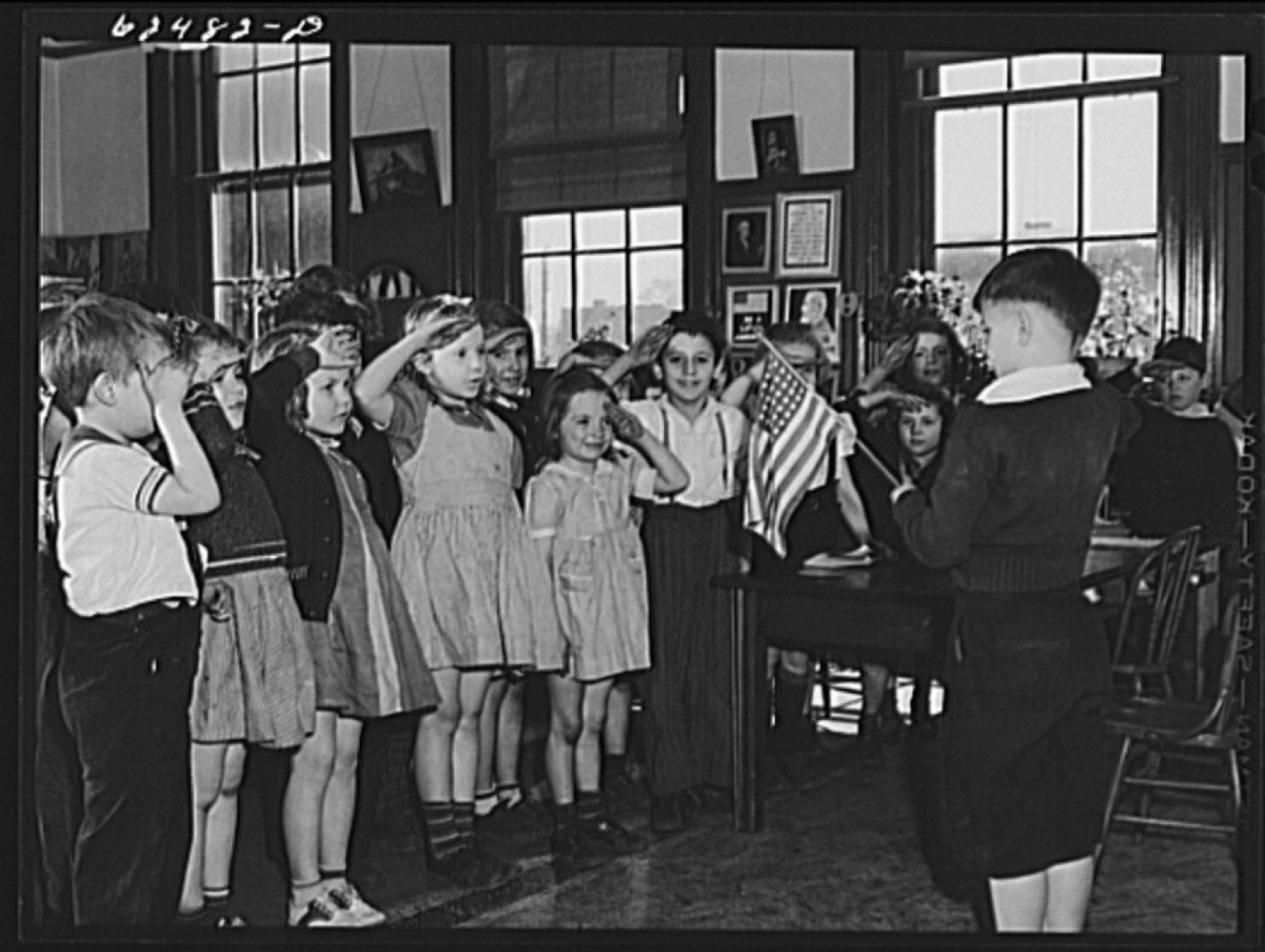The ugly history of the Pledge of Allegiance — and why it matters
< < Go Back
Requiring displays of patriotism have often been tied to nativism and bigotry.
Last month, school officials at Windfern High in Houston expelled 17-year-old senior India Landry for refusing to stand for the Pledge of Allegiance in protest of “police brutality” and “Donald Trump being president.”
Despite her expulsion, most legal scholars agree that refusing to stand for the pledge is protected by the Constitution. The Supreme Court has held, in fact, that the government can neither require a student to participate in the pledge nor compel them “to engage in what amounts to implicit expression by standing at respectful attention while the flag salute is being administered.”
While defending pledge protests on free speech grounds is useful and necessary, it often draws attention away from the pledge’s political origins in nativism and white nationalism — roots that help us better understand the broader struggle for racial justice and full citizenship that drives these protests.
While the language contained in the pledge is not overtly nativist or xenophobic, the spirt that animated its creation was steeped in this sort of bigotry.
More From The Washington Post:




